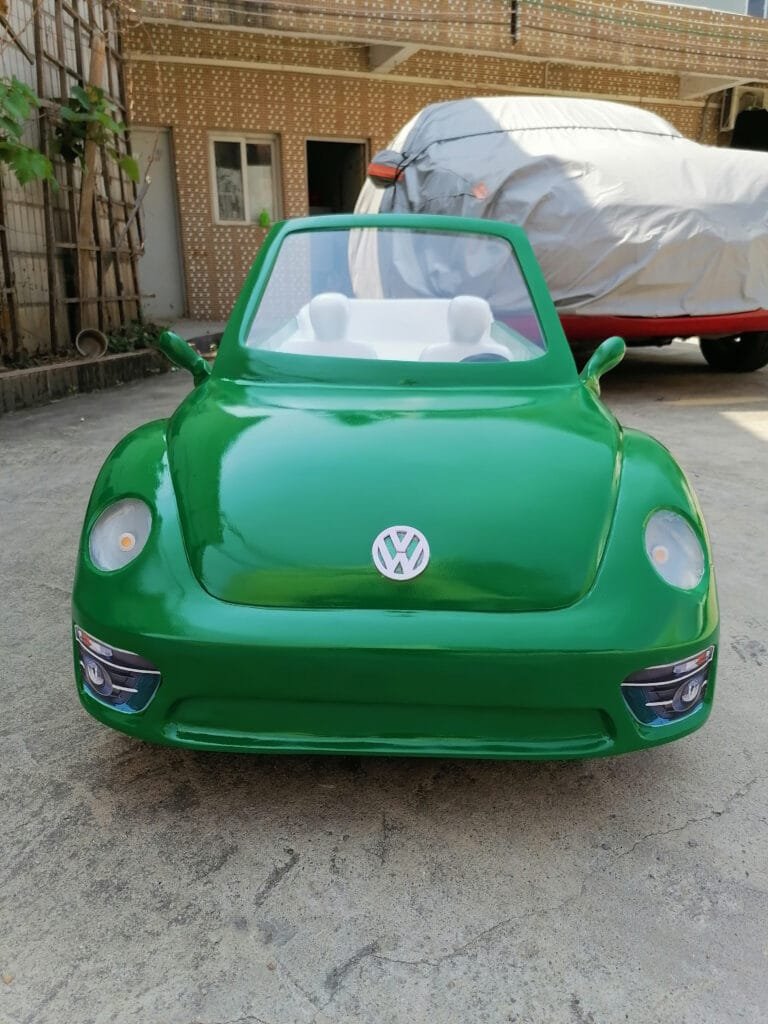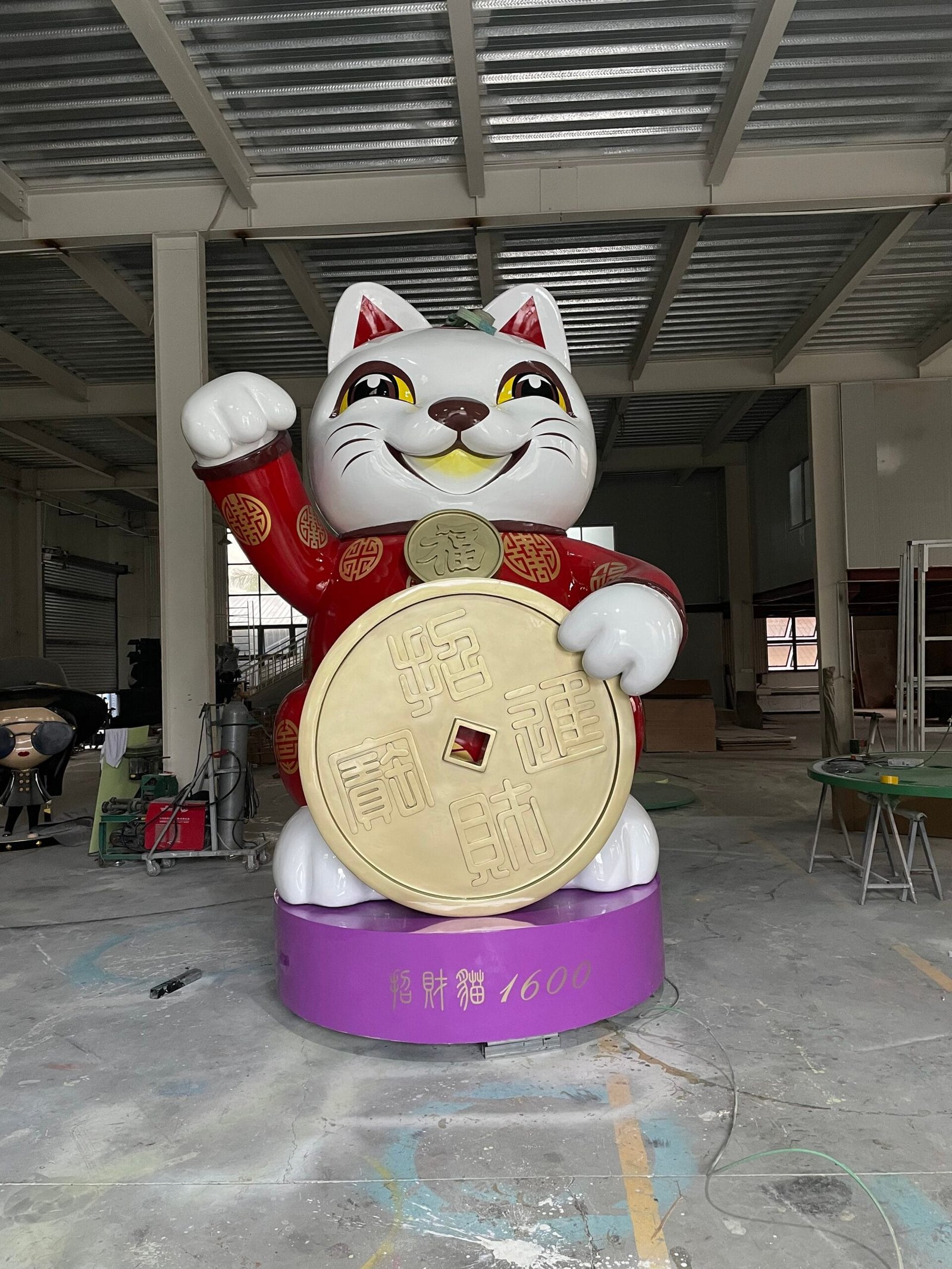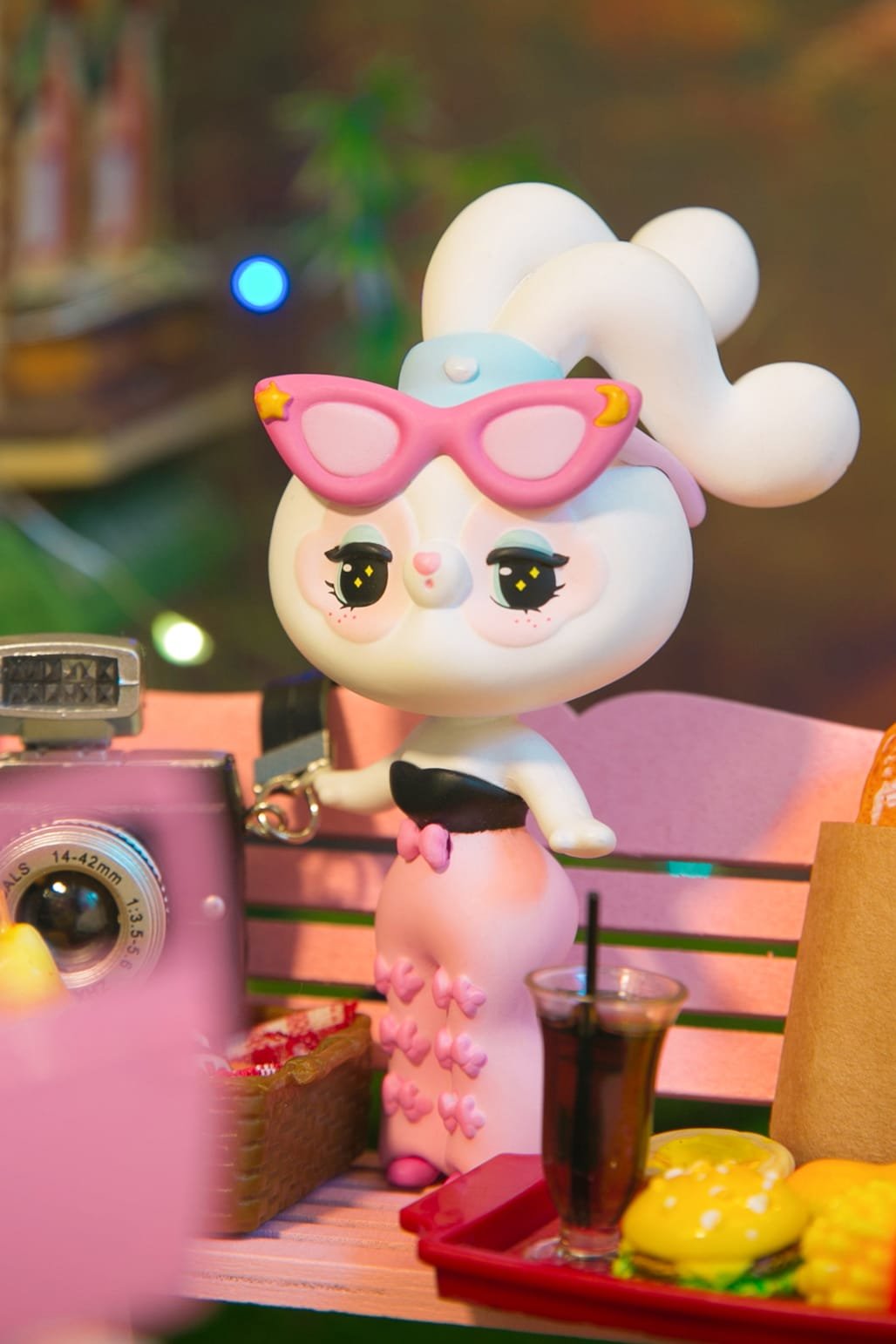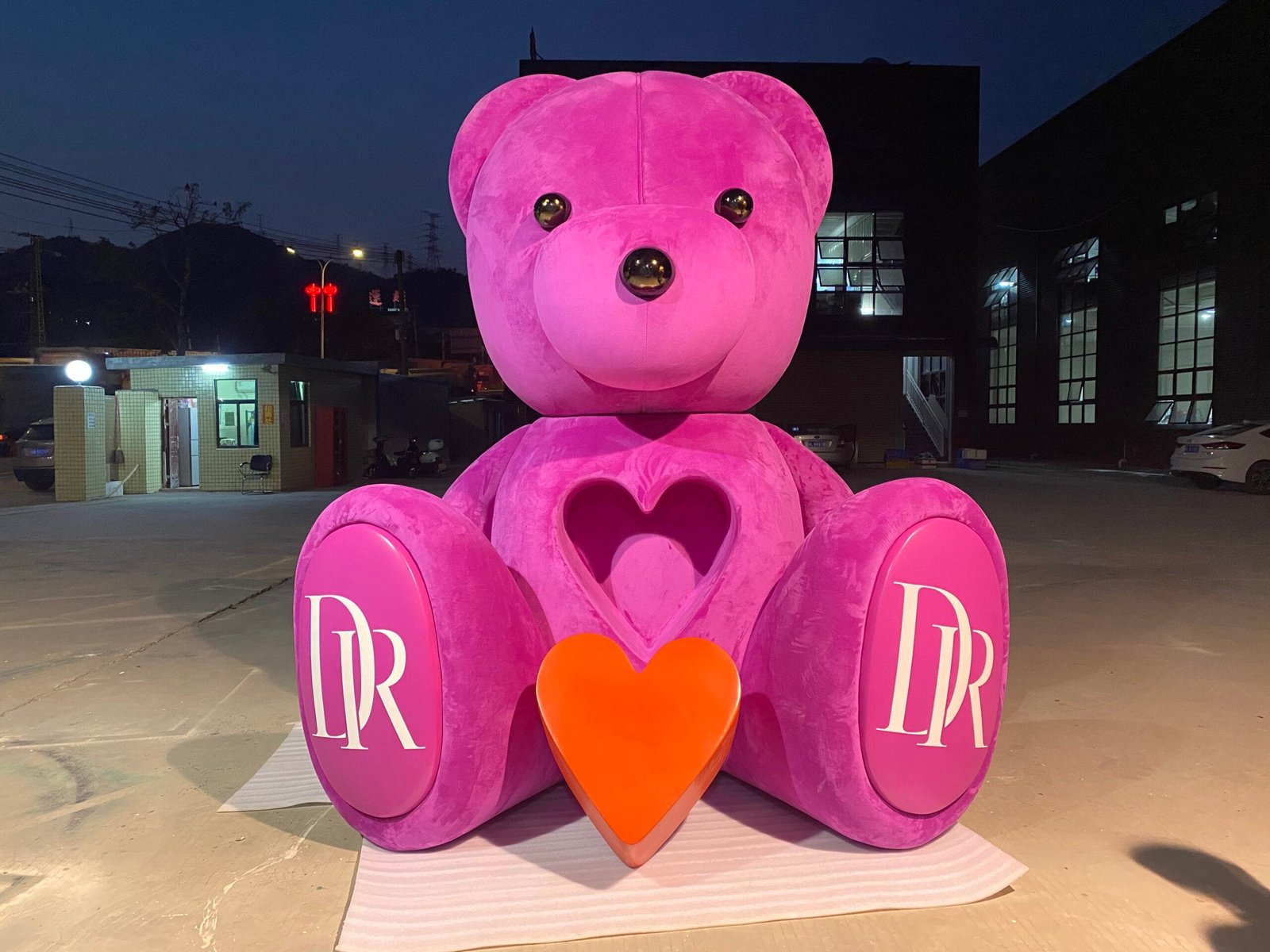How Sacred Art Designs Blend Timeless Spirituality with Contemporary Trends
Introduction
Religious statues have long served as powerful symbols of faith, tradition, and cultural identity. In recent years, the art of creating custom religious statues has evolved to reflect modern design sensibilities while preserving the sacred essence of traditional forms. This article explores how custom religious sculptures are blending tradition with contemporary trends, offering both spiritual and aesthetic value.
1. The Timeless Appeal of Religious Sculptures
Religious statues have been integral to sacred spaces for centuries. From majestic sculptures in cathedrals to serene figures in private homes, these works of art hold deep spiritual significance. The enduring appeal of religious sculptures lies in their ability to convey a sense of peace, reverence, and connection to higher powers.
2. Modern Trends in Religious Sculpture Design
In today’s art landscape, religious sculptures are embracing new trends that cater to contemporary audiences:
- Minimalist Aesthetics: Clean lines and subtle features are becoming more prevalent, aligning with modern architectural styles.
- Innovative Materials: Artists are now using materials such as fiberglass, which is lightweight, durable, and weather-resistant, making it ideal for indoor and outdoor installations.
- Cultural Fusion: Modern designs often incorporate elements from multiple religious traditions, creating statues that resonate with a global audience.
3. The Customization Advantage
Customization has revolutionized the creation of religious statues, enabling clients to bring their unique visions to life:
- Personalized Features: Statues can be tailored to represent specific religious figures, gestures, or symbols important to the client.
- Size Flexibility: From life-size sculptures for public spaces to smaller designs for private altars, customization ensures the perfect fit.
- Color and Finish Options: Clients can choose from a range of finishes, including metallic, matte, or hand-painted details, to match their aesthetic preferences.
4. The Role of Religious Sculptures in Modern Spaces
Religious statues are no longer confined to places of worship. Today, they find a place in:
- Hotels and Resorts: To enhance the ambiance of spaces with spiritual undertones.
- Retail and Commercial Spaces: For seasonal displays or themed events.
- Public Art Installations: As symbols of cultural heritage and community identity.
Conclusion
The art of custom religious statues continues to evolve, offering a perfect balance between tradition and modernity. By integrating timeless spiritual elements with contemporary trends, these sculptures remain relevant in both sacred and secular contexts. Whether for private devotion or public display, religious statues crafted with care and creativity provide lasting inspiration.




